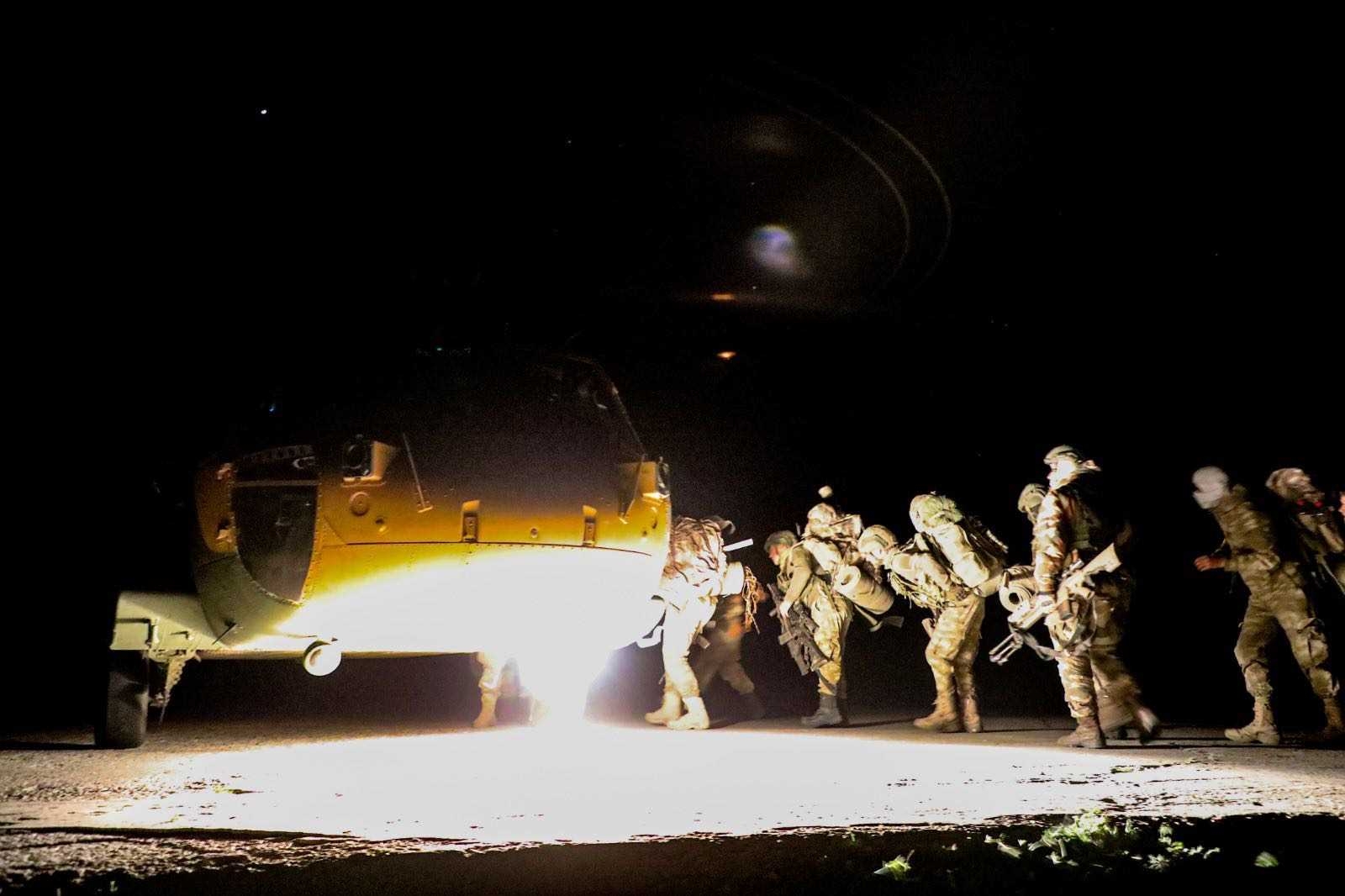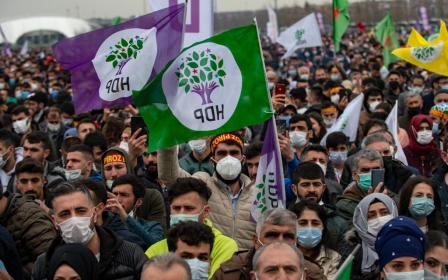Turkish military targets 'PKK's heartland in Iraq' in new ground operation

Turkey has launched another air and ground operation against Kurdistan Workers' Party (PKK) fighters in Iraq on Monday morning, targeting facilities and ammunition stores.
The Turkish defence ministry said in a statement that the operation focused on the Northern Iraqi regions of Metina, Zap and Avasin-Basyan, with the participation of commandos and special forces, both by land and air. Turkish drones, warplanes and cannons also ploughed the area.
The ministry said later on Monday that it “neutralised” 19 “terrorists” and four Turkish soldiers were wounded. It added that the Turkish military seized the “first stage” targets.
'The PKK has spent decades entrenching in Zap'
- Abdullah Hawez, analyst
Ankara regularly stages air assaults on PKK targets in Iraq, but ground offences are rare occasions where the risk of casualties is higher in the entrenched areas near the border due to mountainous terrain and logistical problems.
Abdullah Hawez, a Turkey and Iraq analyst who closely follows Kurdish affairs, said that the Zap and Gara mountains further south have been considered the PKK’s heartland, militarily more important than Qandil Mountain where the PKK headquarters is located.
“The PKK has spent decades entrenching in Zap,’” he told Middle East Eye. “The group has spent years building webs of tunnels, so eradicating it from the area is going to be complicated and costly."
The operation started after Iraqi Kurdistan Regional Government Prime Minister Masrour Barzani met Turkish President Recep Tayyip Erdogan over the weekend to discuss the situation in Iraq, and "enhance cooperation to promote security and stability”, according to a Kurdish official statement.
"Our operation is continuing successfully as planned," Turkish Defence Minister Hulusi Akar said in a statement. "The targets identified in the first phase have been captured."
The operation, called "Operation Claw Lock", aimed to "prevent terror attacks" and ensure border security following an assessment that the PKK was planning a large-scale attack, the ministry added.
Rising tensions
The latest raids come on the heels of Operations Claw-Tiger and Claw-Eagle, launched by the Turkish army in northern Iraq in 2020.
Tensions between the KRG and PKK had been high in recent months, as Turkish operations in Northern Iraq pushed the group further south and put it into the crosshairs of the Kurdish Autonomous Region.
Hawez said the KRG under Barzani has joined the Turkish military operations against the PKK at least twice before, but this time it was only trying to actively squeeze the areas where the PKK operates by increasing its presence in the west, central and eastern parts of Northern Iraqi Kurdistan.
“This is great for both sides because actively fighting alongside Turkish troops will cause substantial problems for the KDP both in Iraq and within the KRG; also the current arrangement allows KDP plausible deniability,” he said.
Asked by AFP to comment on Turkey's operation, a PKK spokesman in Iraq said on condition of anonymity: "The occupation army, which tried to land troops by helicopters, also wanted to advance by land.
"There are intense clashes between the Turkish army and HPG guerrillas," referring to the PKK's military wing.
Turkey's defence ministry said the operation was meant to thwart a large-scale attack against the country by the PKK.
The PKK began guerilla warfare against the Turkish state in 1984. More than 40,000 people have been killed in the conflict, which in the past was mainly focused on southeast Turkey.
Turkish officials privately say they believe Baghdad is firmly on their side in fighting the PKK, which the European Union and United States have also designated a terrorist group.
Middle East Eye propose une couverture et une analyse indépendantes et incomparables du Moyen-Orient, de l’Afrique du Nord et d’autres régions du monde. Pour en savoir plus sur la reprise de ce contenu et les frais qui s’appliquent, veuillez remplir ce formulaire [en anglais]. Pour en savoir plus sur MEE, cliquez ici [en anglais].





